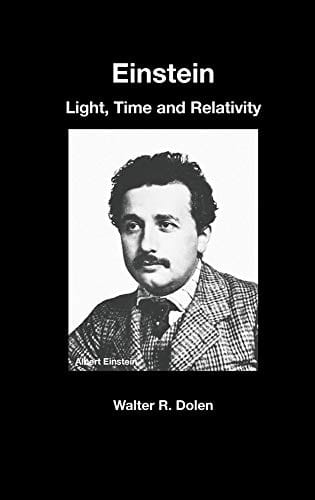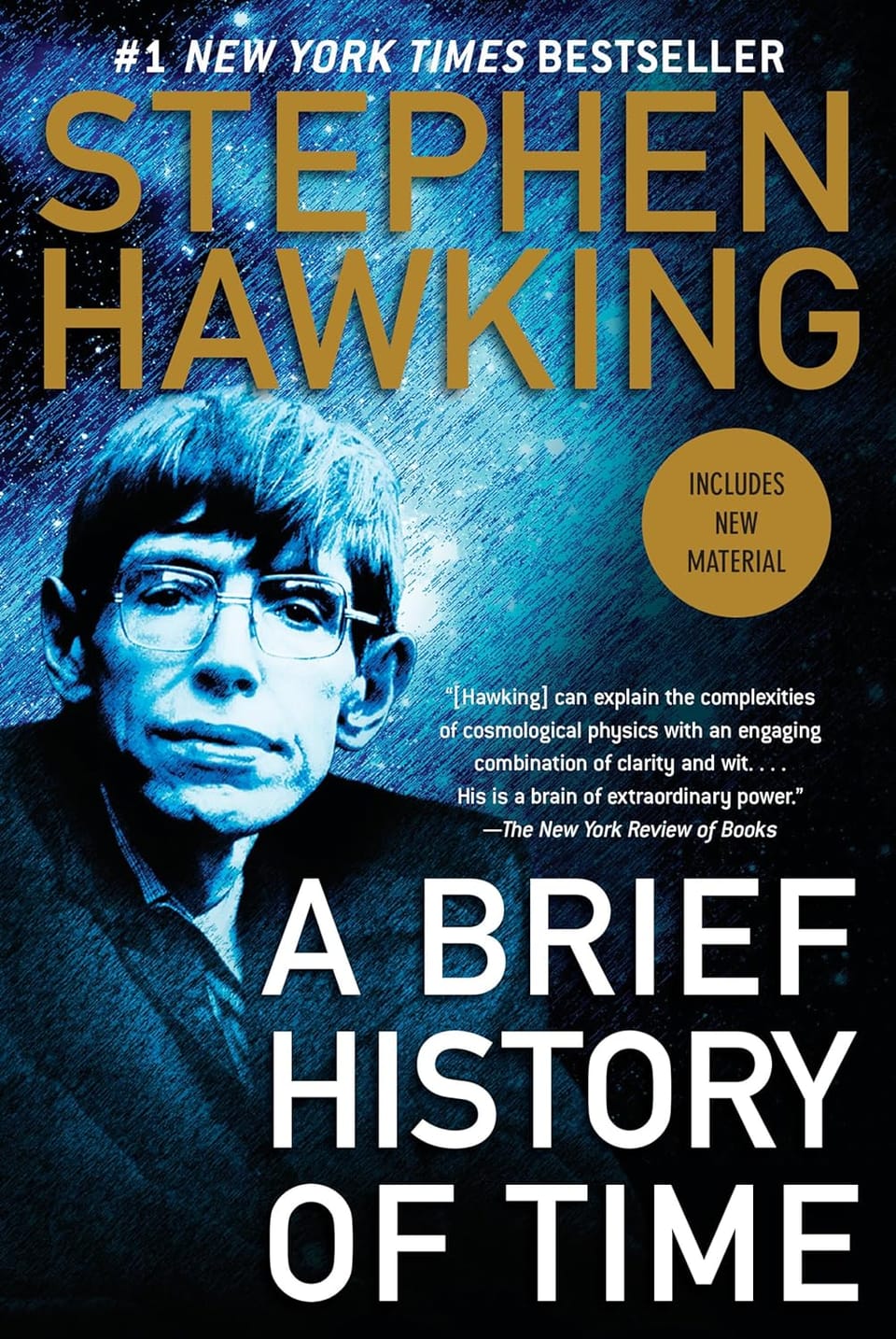Quantum: From Fundamental Physics to Tomorrow’s Technology
Explore the fundamentals, applications, and future of quantum science, from quantum mechanics to quantum computing and emerging technologies.

Introduction
Quantum science, once relegated to black-board equations and thought experiments, is rapidly shaping the technology landscape of the twenty-first century. Whether you are curious about the spooky behavior of subatomic particles or excited by the promise of quantum computers breaking today’s encryption, understanding the quantum realm is essential. This article breaks down the fundamentals of quantum mechanics, explores real-world applications, and peers into the future of quantum innovation—all in language accessible to enthusiasts and professionals alike.
What Does 'Quantum' Mean?
The word “quantum” comes from the Latin quantum, meaning “how much.” In physics it refers to the smallest discrete packet of energy or matter that can exist independently. Electrons orbiting an atom, photons streaming from a lightbulb, and even vibrations in a crystal lattice all behave as quantized entities, receiving and releasing energy in well-defined steps rather than in a smooth continuum. This counter-intuitive idea was introduced at the dawn of the twentieth century to explain phenomena that classical physics could not—most famously, the spectrum of black-body radiation and the photoelectric effect.
Because energy and matter are granular at microscopic scales, the equations that describe them must account for probability, wave-particle duality, and discrete states. These requirements gave birth to quantum mechanics, a set of rules governing the bizarre yet beautifully consistent behavior of the universe at its smallest scales.
Key Principles of Quantum Mechanics
Three foundational principles shape quantum theory. First is superposition: a system can exist in multiple states simultaneously until measured. An electron’s spin, for example, is not merely up or down; it occupies a weighted combination of both, collapsing to a single outcome only when observed. Second is entanglement: two or more particles can become linked so that actions on one instantaneously influence the other, even if they are separated by cosmic distances. This “spooky action at a distance,” as Einstein called it, underpins many quantum technologies.
The third principle is quantization itself, embodied in Planck’s constant, which sets the size of energy steps. Together these ideas give rise to interference patterns, tunneling through barriers, and zero-point energy—effects exploited in devices like lasers, MRI scanners, and semiconductor chips. While the mathematics can be formidable, the qualitative takeaway is simple: on the quantum scale, certainty is replaced by probability, and reality behaves more like a vibrating symphony of possibilities than a collection of solid billiard balls.
Quantum Computing: Bits Meet Qubits
Traditional computers store information in bits that hold values of 0 or 1. Quantum computers use qubits, which leverage superposition to represent 0 and 1 simultaneously. When multiple qubits are entangled, they form a computational fabric capable of processing an exponential number of states in parallel. Algorithms such as Shor’s for factoring large numbers or Grover’s for searching unsorted databases illustrate how certain tasks can, in theory, be solved dramatically faster on quantum hardware.
Building practical quantum processors, however, is no small feat. Qubits are extraordinarily sensitive to heat, electromagnetic noise, and even cosmic rays, leading to decoherence—the loss of quantum information. Researchers stabilize qubits using cryogenic temperatures, vacuum chambers, and sophisticated error-correction codes. Despite these hurdles, companies like IBM, Google, and emerging startups have demonstrated machines with dozens to hundreds of qubits, and national roadmaps envision fault-tolerant systems capable of revolutionizing cryptography, materials science, and drug discovery.
Beyond Computing: Quantum Technologies
Quantum principles extend far beyond computation. Quantum sensing exploits the sensitivity of quantum states to environmental changes, enabling magnetometers that map brain activity with millimeter resolution or gravimeters that detect hidden underground structures. Quantum communication employs entanglement to create theoretically unhackable encryption via quantum key distribution, already deployed in pilot networks spanning hundreds of kilometers.
Another frontier is quantum simulation, where controlled quantum systems mimic the behavior of complex molecules or exotic phases of matter that are impossible to replicate on classical supercomputers. These simulators can accelerate the discovery of high-temperature superconductors, efficient solar cells, and new pharmaceutical compounds, shortening development cycles and reducing costs.
Challenges, Misconceptions, and Hurdles
Public fascination with quantum often blurs the line between present capability and future promise. Quantum computers will not replace classical machines for everyday tasks; they excel only at specific problems where quantum parallelism provides an edge. Similarly, quantum encryption is not a magic shield; it secures key exchange, but messages still need classical protection. Understanding these nuances helps temper hype and set realistic expectations.
Technical challenges remain steep. Scaling qubit numbers while maintaining low error rates requires breakthroughs in materials, fabrication, and control electronics. Standardization, talent shortages, and high costs also impede commercialization. Governments worldwide are investing billions in research programs to overcome these obstacles, recognizing the strategic importance of quantum supremacy.
Future Outlook: The Coming Quantum Decade
Experts predict that the 2020s will deliver “quantum advantage” in niche areas such as optimization, chemistry, and secure communications. Hybrid computing architectures, where quantum co-processors accelerate specific workloads inside classical data centers, are likely to appear first. Cloud platforms already provide remote access to prototype quantum devices, fostering a developer ecosystem and democratizing experimentation.
On a societal level, quantum advances could transform logistics by optimizing supply chains, enable personalized medicine through rapid protein folding simulations, and bolster climate modeling. Ethical considerations, including post-quantum cybersecurity and potential job displacement, must be addressed proactively. International cooperation on standards and export controls will shape how equitably the benefits are distributed.
Conclusion
Quantum science is no longer confined to theoretical musings; it is a multidisciplinary engine driving next-generation technologies. By grasping its core principles and realistic trajectories, businesses, researchers, and curious minds can prepare for—and help shape—the quantum future.


